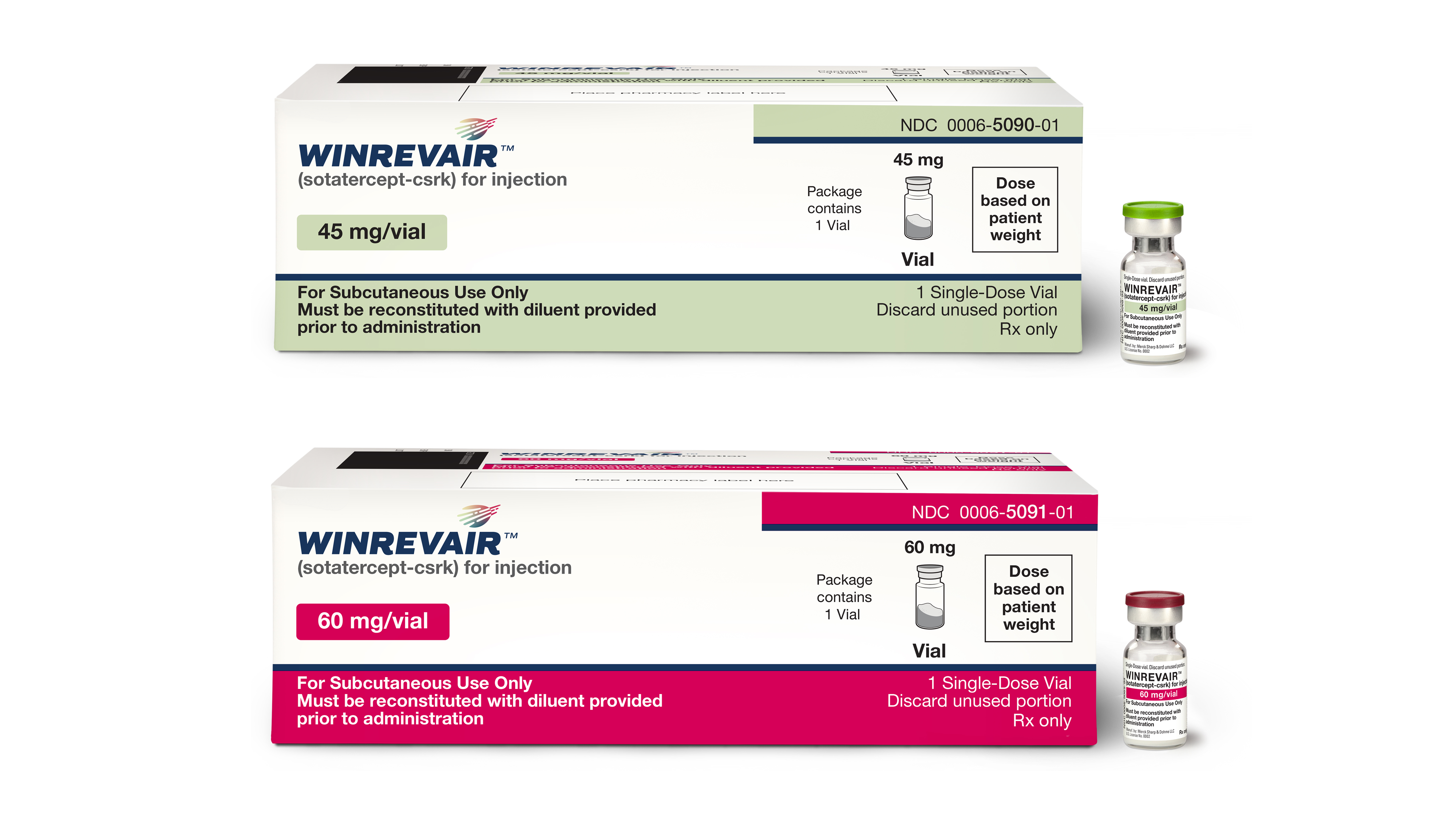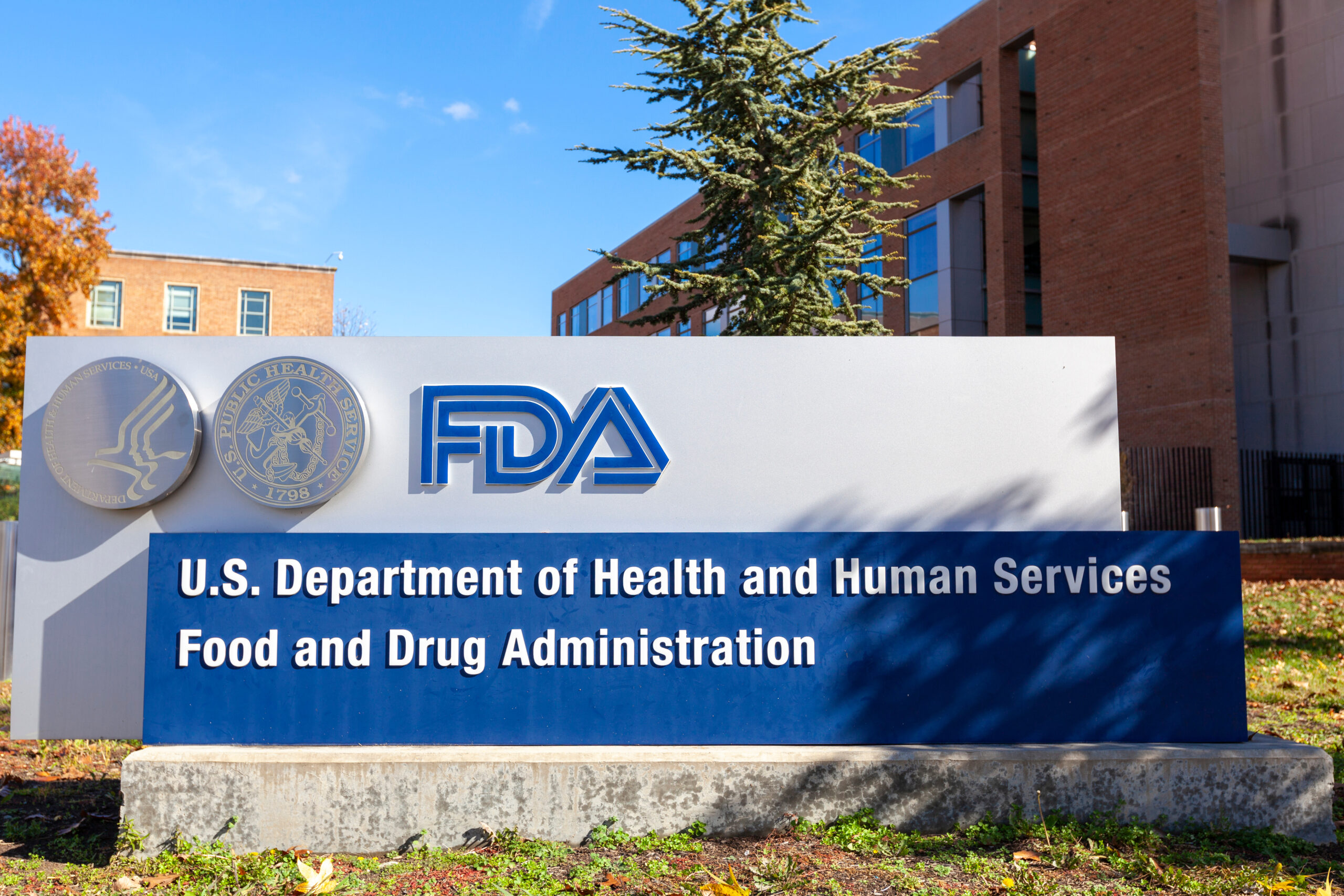According to an article published in the American Society of Hematology journal, Blood, pharmaceutical companies are engaging in practices designed to prevent affordable, generic version of drugs off the market. The authors warn that trend is negatively impacting patients just as much as the high cost of name-brand pharmaceuticals.
The authors report that due to the increasingly unaffordable nature of prescription drugs, one in five American patients does not fill their prescriptions. This trend also dramatically increases overall public health spending; the US spent almost 40 percent more on pharmaceuticals per capita, than Canada in 2013.
As brand-name drugs go off-patent, less expensive generic alternatives are allowed to enter the market in an effort to provide safe, effective and affordable options to consumers. While the availability of generic drugs saved the US healthcare system almost $1.5 trillion between 2004 and 2013, generic alternatives are unavailable to some patients.
“The timely availability of affordable generic drugs is the difference between life or death for patients with cancer and other diseases who cannot afford brand-name pharmaceuticals, the majority of which are priced at monopoly levels and protected by 20-year patents,” said Dr. Hagop Kantarjian of The University of Texas MD Anderson Cancer Center. “Unfortunately, these sorely needed generics are increasingly out of reach. As we sought to understand what keeps these affordable drugs from the market, we identified several specific strategies that pharmaceutical companies use to extend their patents and eliminate competition.” Kantarjian is also the lead author of the study.
According to Kantarjian and his colleagues in their opinion piece for the Blood Forum section of the journal, pharmaceutical companies actively apply strategies designed to suppress, prevent or delay the entry of generics into the marketplace. One such strategy is known as known as “pay-for-delay” wherein a generics manufacturer is paid by the patent holder to delay the launch of the generic pharmaceutical.
It’s estimated that these pay-for-delay deals cost consumers, taxpayers and insurance providers $3.5 billion per year, according to the Federal Trade Commission. According to the authors, pharmaceutical companies often spend more on advertising name-brand drugs than they do on R&D, and heavily invest in preventing the importation of less expensive generics from other countries which cost as much as 50 percent less than US prices.
The authors cover a number of other practices that keep generics out of the hands of consumers, along with suggesting some strategies for the issue of generic drug availability. Kantarjian and his colleagues propose a number of solutions including allowing Medicare to negotiate drug prices, allowing importation of generics, contesting weak patents and stopping companies from participating in pay-for-delay deals.
“Each day in my clinic I see leukemia patients who are harmed because they cannot afford their treatment, some risking death because they cannot pay for the medicine keeping them alive,” said Kantarjian. “Overall, these strategies demonstrate that the trend of high brand-name drug prices has recently infected generic drugs, as companies value profit at the expense of long-term utility to society. We must be vigilant in recognizing these strategies and advocating for solutions that will allow companies to accomplish their dual mission: make reasonable profits and help save and/or improve patients’ lives.”












Join or login to leave a comment
JOIN LOGIN